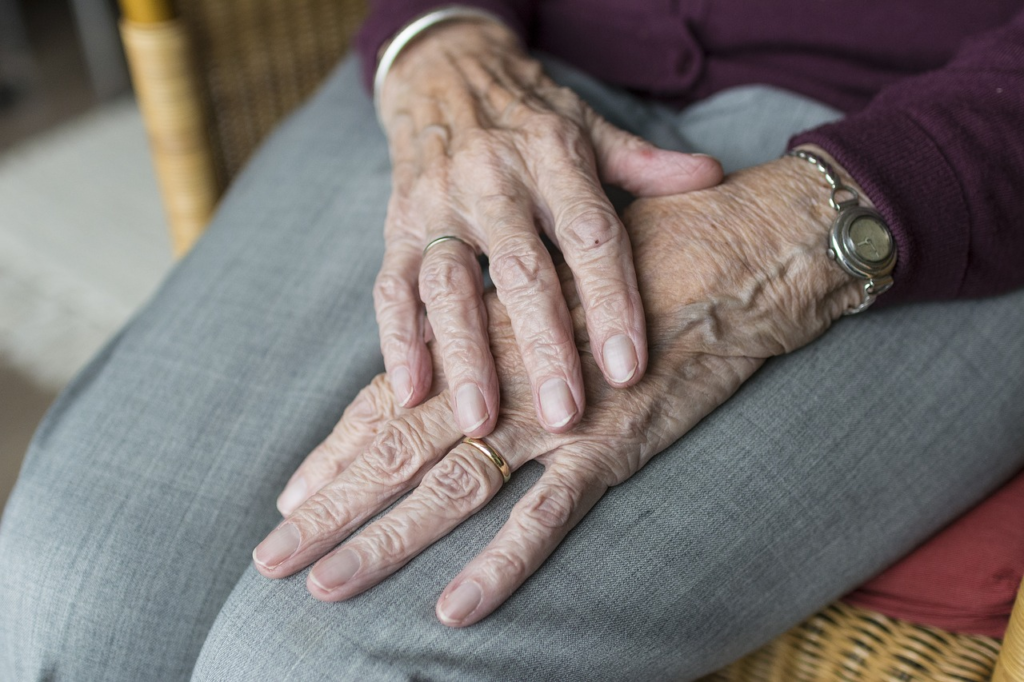As many people age, they find it harder and harder to live on their own, but aging-in-place is a viable option if caregivers pay attention to safety. Many seniors end up in assisted living communities or nursing homes where they have to trade their independence for security. The majority of seniors don’t want to do this. They would prefer living among their memories and in their familiar environment. However, the issue is safety. To keep parents where they’re happiest, caregivers may need to make some simple modifications around the house. These modifications don’t have to cost a lot of money. The goal is to provide your loved ones with a safer living space.

Aging-in-Place Means Checking the Home for Hazards
The most important thing to take into consideration when preparing a senior’s home for aging-in-place is fall prevention. Falls are a terrible hazard for older people. In fact, they are the leading cause of fatal and non-fatal injuries for seniors in the United States. One in every four Americans aged 65 or older falls each year, and that number is only expected to increase as the population ages.
There are many reasons seniors are so susceptible to falling. As we age, our balance and coordination begin to deteriorate, making simple actions and movements more treacherous. We also start to lose our vision and flexibility. Furthermore, some seniors have to take medications that cause dizziness. In hot climates dehydration poses a falling risk. Occasionally, interactions between an elderly couple can lead one or both to fall. While it might be safer in the long run to have elderly parents move into your home, that’s not always an option.
We can’t stop the effects of aging, but we can make changes in a senior’s environment to create a more hospitable and secure home. Angie’s List suggests, “Make a point when visiting to observe how Mom or Dad gets around the house. Input from the doctor and other health care professionals may give you insight on your parents’ abilities and areas of difficulty.” Occupational therapists, who are trained to adapt living spaces to the needs of residents, are great people to have on your team. Ask your physician for a referral. Beyond that, the following are just some of the modifications we suggest you make.
Lighting
As mentioned above, age can do quite a number on a person’s eyesight. One of the most important renovations you can do for a senior loved one is to add light. Natural light is a great option because it doesn’t cost extra on the electric bill. Furthermore, natural light can help regulate a senior’s biorhythms, sleep, and overall health. If their home is in need of more sunlight, consider enlarging existing windows or adding new ones. Skylights are also a great way to take advantage of natural light within the house.
Of course, the sun isn’t up all day. You will also need to add lamps and other sources of synthetic light if they are expected to get around the house safely at night. You may find it beneficial to put motion sensor lights throughout the home so they don’t have to fiddle with switches or pulls when they need illumination. Talk with your senior loved one about which options sound best to them.
Stair Safety
Even if your parent doesn’t use a wheelchair, they may benefit from safety ramps placed over their steps. Stairs can be quite dangerous to navigate. For seniors of advanced age, hand-eye coordination and balance deteriorate. One wrong step can mean a major fall and the injuries that come with it. Installing safety ramps over steps–be they just a few steps or a whole staircase leading to another floor– can help seniors get around the house safely.
Bathroom
Slick tiles and moisture create a prime environment for slip-and-falls. Installing grab bars along the bathroom walls can help a senior get in and out of a tub or shower safely. Bathtubs can be especially tricky. Add non-slip decals along the tub’s bottom. Decals are a cheap and easy way to improve friction for aging feet. If the home has a walk-in shower, consider installing a shower seat as well as a handheld shower-head so seniors can safely bathe while seated.
What Caregivers Can Do to Help
While most people would prefer aging-in-place to downsizing and moving to a senior living community, the average home is not equipped for a senior’s safety. Preventing falls by making simple home modifications can help make aging-in-place possible. Adding light, putting ramps over stairs, and reducing hazards in the bathroom are just a few of the ways you can help seniors prepare their home for the challenges aging presents.
